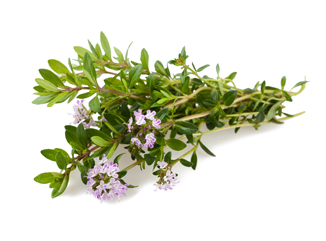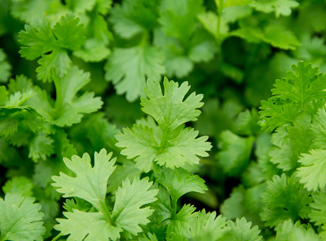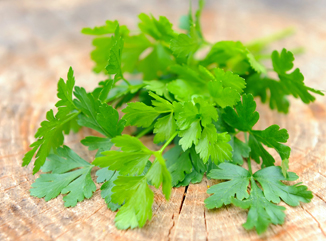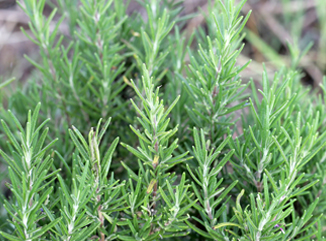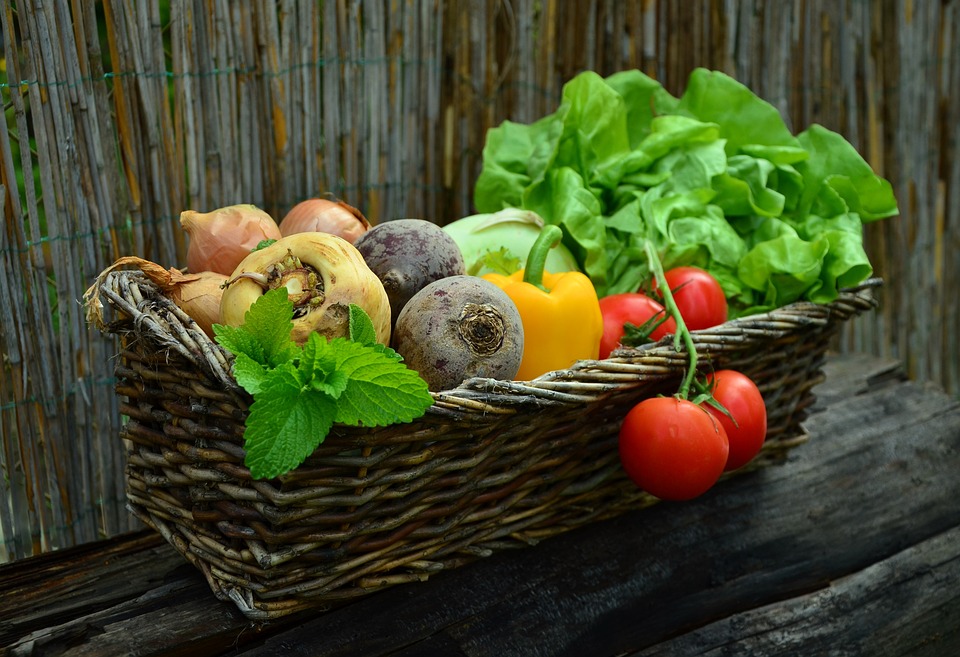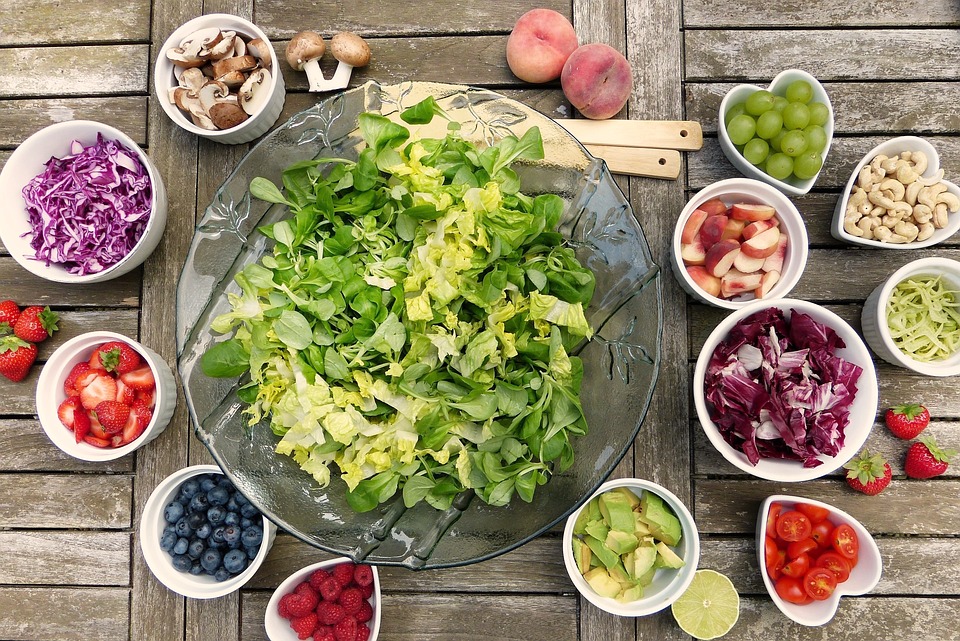1. Preparing the Soil
Savory thrives best in well-drained, slightly sandy soil with a neutral to slightly alkaline pH (6.5–7.5). It prefers sunny locations as it needs plenty of light to develop its full flavor.
- Soil quality: Dig the soil about 20 cm deep and loosen it. You can add compost or sand to improve drainage.
- Location: Choose a sunny spot in the garden or on a balcony. Savory loves warmth and brightness.
2. Sowing
Savory can be sown directly outdoors or in pots.
- Timing: The best time to sow is in late spring (April to May) when the soil temperature reaches at least 12°C.
- Pre-sowing indoors: Alternatively, you can start savory seeds indoors on a sunny windowsill from March.
Outdoor Sowing
- Prepare the seedbed by raking it well.
- Sow the seeds in rows, spacing about 15–20 cm apart.
- The seeds are very small, so just lightly cover them with soil (max. 0.5 cm deep).
- Water the area gently, keeping the soil evenly moist but not waterlogged.
Sowing in Pots
- Use nutrient-poor seed starting mix and a well-draining pot.
- Scatter the seeds on the soil surface and cover them lightly with soil.
- Place the pot in a bright, warm location.
- Keep the soil evenly moist.
3. Germination
Savory seeds will germinate within 1–2 weeks. During this period, keep the soil consistently moist, but avoid waterlogging. Once the seedlings reach about 5 cm in height, thin them out.
4. Care During Growth
- Watering: Savory is relatively low-maintenance when it comes to water. It tolerates drought better than waterlogging. Water regularly but sparingly.
- Fertilizing: Fertilizing is generally not necessary. If growing in nutrient-poor soil, you can feed the plants once a month with an organic herb fertilizer.
- Weeding: Keep the area weed-free to reduce competition for nutrients.
- Pests and diseases: Savory is quite resistant to pests and diseases, but in humid conditions, it may be attacked by aphids. In such cases, you can remove the affected parts or spray the plants with soapy water.
5. Harvest
Savory can be harvested throughout its growing period.
- Best harvest time: The best time to harvest is just before flowering, as the herb is most aromatic at that point.
- How to harvest: Cut the stems about 5 cm above the ground. Regular pruning will encourage bushier growth and new shoots.
6. Usage and Storage
Savory is excellent for seasoning beans and meat dishes. You can use it fresh or dry it for later use.
- Fresh: Simply cut the amount you need and add it directly to your dishes.
- Drying: Bundle the stems and hang them upside down in a cool, dry, and shady place. Once the herb is dry, crumble the leaves and store them in an airtight container.
7. Winter Care Tips
Summer savory is an annual plant and will not survive the winter in most climates. However, if you collect seeds, you can easily grow new plants the following year. Alternatively, you can bring potted savory indoors and keep it in a bright spot to enjoy its flavor during the winter.
Additional Tips:
- Companion planting: Savory makes a great companion plant for beans, as it repels aphids. It also grows well alongside tomatoes and onions.
- Regular pruning: Pruning the plant regularly encourages bushy growth and a bountiful harvest.
With this guide, you should be able to successfully grow savory from seeds and take care of it!

